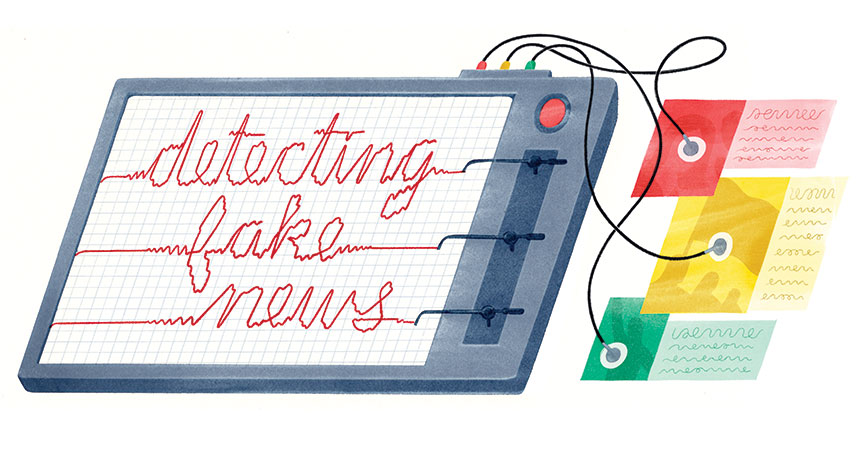People are bad at spotting fake news. Can computer programs do better?
There’s just too much misinformation online for human fact-checkers to catch it all

DECEPTION MONITORS Researchers are building online algorithms to check the veracity of online news.
Alex Nabaum